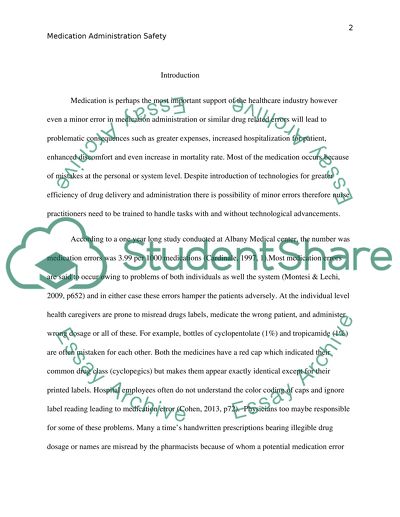Cite this document
(“Medication administration safety Research Paper”, n.d.)
Retrieved from https://studentshare.org/nursing/1489363-medication-administration-safety
Retrieved from https://studentshare.org/nursing/1489363-medication-administration-safety
(Medication Administration Safety Research Paper)
https://studentshare.org/nursing/1489363-medication-administration-safety.
https://studentshare.org/nursing/1489363-medication-administration-safety.
“Medication Administration Safety Research Paper”, n.d. https://studentshare.org/nursing/1489363-medication-administration-safety.


